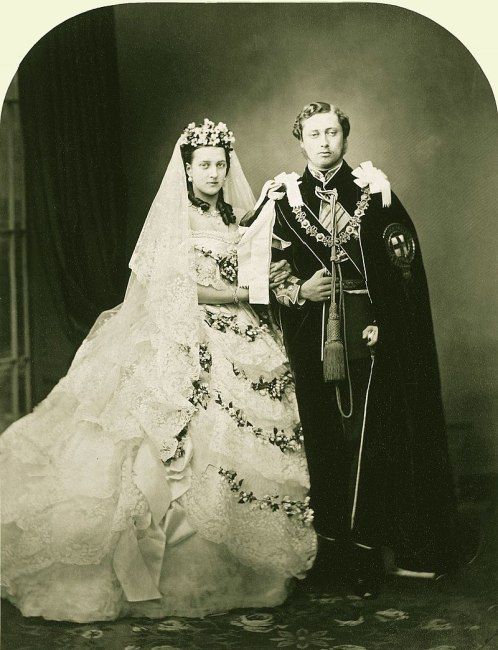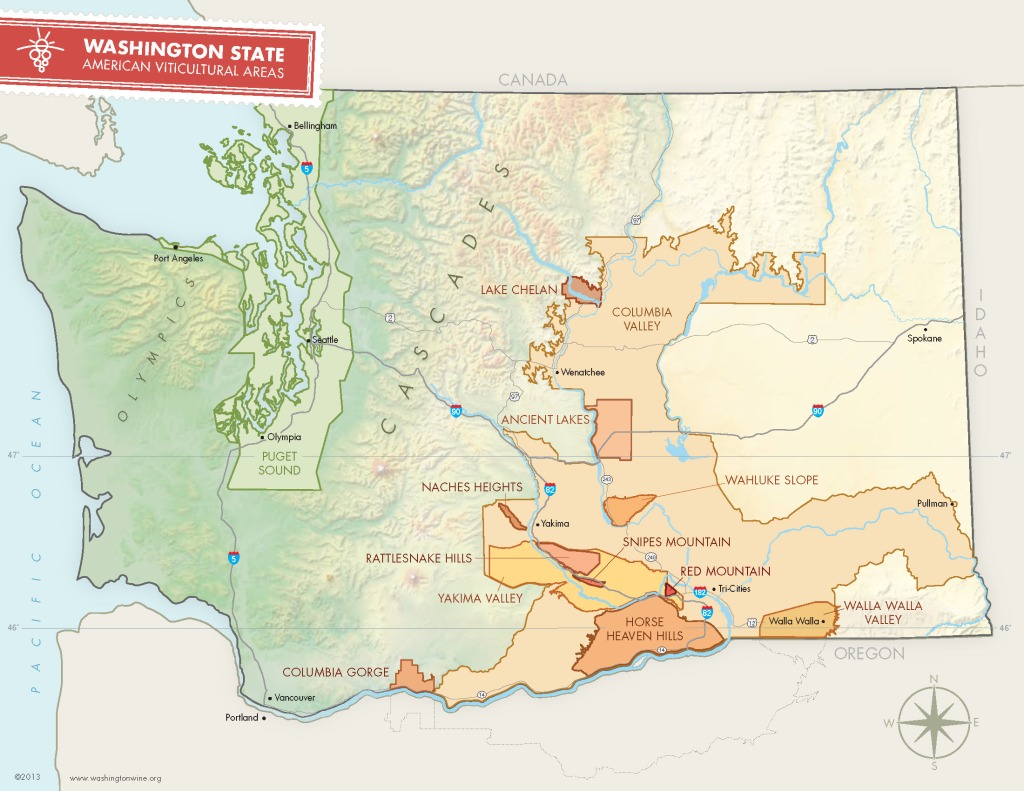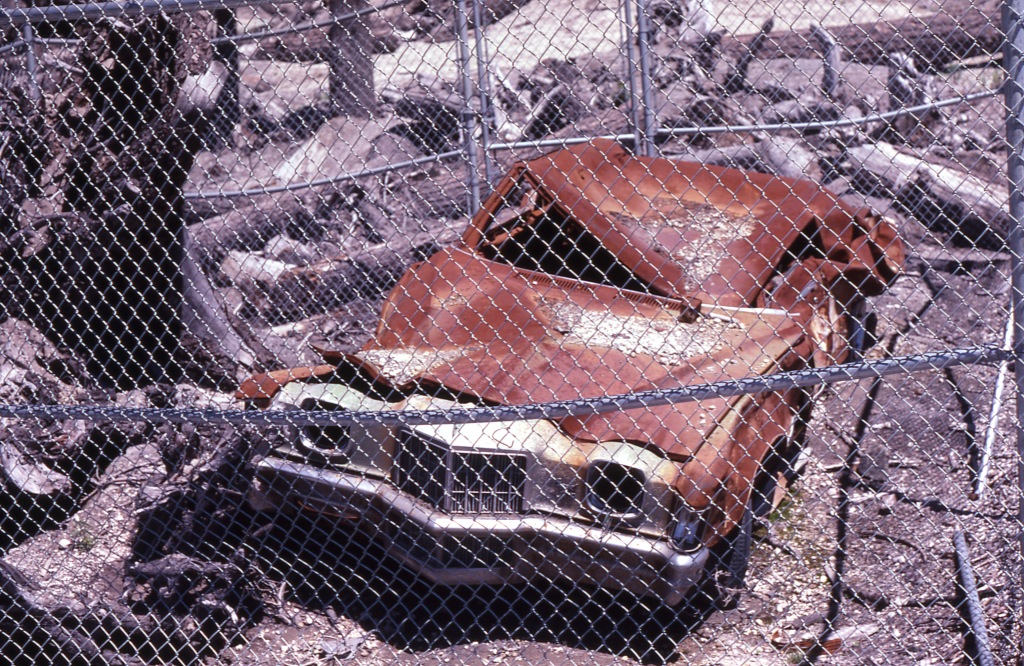Companion Dolls were all the rage
November 8, 2022

Way back in the early 1960’s, a type of doll – known as Companion Dolls – were all the rage. Little girls everywhere wanted one of these dolls. Ranging in height from 28 to 36 inches, they were about the same size as the child and often wore the same size clothes.
The most famous of these dolls was Patti Playpal, manufactured by Ideal Toy Company from 1959 to 1962.
The Infallible Wikipedia tells us:
“Patti Playpal, also spelled as Patti Play Pal, was an American line of dolls created by both Neil Estern and Vincent DeFilippo (creator of the “baby face” sculpt Patti) both versions were produced by the Ideal Toy Company during the late 1950s to early 1960s. The dolls head, arms, legs and torso are made from vinyl. The process used for the torso and legs is known as blow molding.[1]
A main selling point of the dolls was their size. At 35 inches (89 cm) they were made and marketed as ‘companion dolls’ to children, and thus are able to share clothing and play with its owner as if it were a real child.
Besides the original Patti Playpal doll, several variants were also released (a ‘walking’ version and the non-walking version). The doll line had ‘family members’ which included: 32 inches (81 cm) Penny, 32 inches (81 cm) Saucy Walker who also was sold in a 28 inch version, 28 inches (71 cm) Suzy, 24 inches (61 cm) Bonnie, 24 inches (61 cm) Johnny and the 38 inches (97 cm) Peter. A related line, the 38 inches (97 cm) and 42 inches (110 cm) Daddy’s Girl dolls, were also released around the same time, representing a 12-year old girl. Special editions, including Playpals modeled after child actresses Shirley Temple and Lori Martin, were also produced.
Owing to the popularity of the line, similar companion dolls and counterfeits were made and marketed by other companies under different names, such as those from Allied Eastern, Sayco, Madame Alexander and numerous other manufacturers.”
The year I was four, a companion doll (Not a Playpal brand, but a knock off) arrived for me on Christmas morning. Based on the home movies shot by my dad that year, I was thrilled; footage of me hugging and kissing the doll preserved on celluloid.

I’m not sure why but I named the doll ‘Sandy.’ And Sandy was a big part of my life for a time. She became the victim of a murder one afternoon when our cousins were playing at our house. That was the day she lost the middle finger of her left hand when the rope tied around it pulled the digit off.
Like all toys, Sandy eventually was relegated to the back of my closet where she stayed until my parents moved from that house in 1983. A number of years later, when they asked if I would please take my things with me, I obliged and Sandy relocated to our home in Kirkland. It was now the mid-2000’s
Not really having a spot for her, she was a bit of a nomad. She landed in a corner in the guest room where she patiently waited for someone to notice her.

That day came December 30, 2015 when my daughter and her boyfriend were in town for a visit. The daughter was reading on her i-phone in bed and happened to notice Sandy standing in the corner… and her eyes were glowing.
The daughter soon arrived at the door of my room demanding that I get that ‘creepy doll’ out of her room. I, of course, thought that it was hilarious that my adult daughter was freaked out by a doll. But I obliged… and moved Sandy into the bathtub of the bathroom my daughter was using. Of course Sandy was concealed behind the shower curtain. Then I went to bed.
The next morning I was rewarded with a scream and some choice words letting me know that my daughter was not pleased with where Sandy now resided. So I transferred the doll down by the Christmas tree. Which is where she remained until later that afternoon.
The daughter and boyfriend had plans to visit friends for New Year’s Eve and had gone to the store to obtain some beer… which they put out in our garage to get cool. Then they left for awhile and, once again, Sandy made her way to the garage to see what beverage they’d chosen and patiently waited for their return. Once again, we were pleased to hear a scream and suggestions as to where Sandy was NOT allowed.
And that’s how Sandy The Creepy Doll became a thing.
Truly, it started as a joke between my son and me as a way to torment his sister. But then a weird thing happened. The doll took on a life of her own. Remember the eyes and how my daughter said they glowed? Well, they do. Since they are made out of glass, a flash from a camera will capture the glow. And I swear that when that glow is recorded you can tell if Sandy is happy… or mad.

Now, to really do it right I created a Facebook page for her in April 2016 started chronicling her activities through photos. Sandy has been a true companion doll for a number of years now, traveling around Washington State to places like Yakima, Leavenworth, Blaine, and Long Beach.
In 2018 she tagged along for a two week road trip to the Albuquerque Balloon festival visiting Lassen Peak, Death Valley, Saguaro, Carlsbad, and Arches National Parks along the way.
I have been the recipient of her displeasure. Like that one time at Saguaro National Park when I learned that she’s not a fan of cactus, and was uncooperative during the photo shoot. I backed into a cactus while trying to get the perfect picture, taking a spine in my calf… or the time I tripped over the rock at Lava Beds National Monument…I swear she was judging me as I sprawled on my behind on the hard dirt. She got over it when a woman insisted that Sandy be in a photo with… her dog.

Sandy doesn’t travel much these days but she is there to greet any houseguests who make their way to the upper floor. I think she kinda freaked out my niece and her boyfriend a couple weeks ago. Sandy was only standing guard outside the room where they were staying. But don’t tell my daughter, okay? One of these days she might come back and stay the night. But I’m not counting on it.
A couple of links:
https://www.facebook.com/SandytheCreepyDoll
https://en.wikipedia.org/wiki/Playpal
https://youtu.be/ybWzkwsgVXQ – A 1960’s commercial for Patti Play Pal
https://youtu.be/W6XEpzilaHI – A video about a man who collects and restores the dolls
.










































